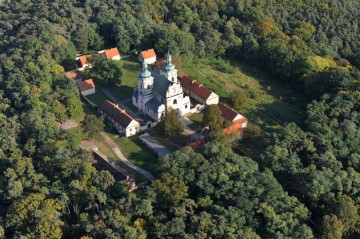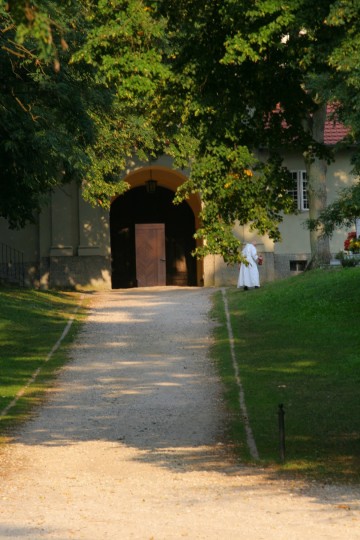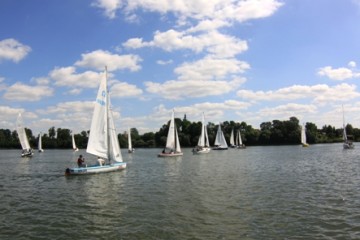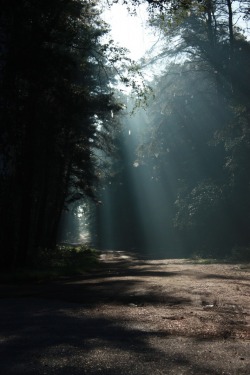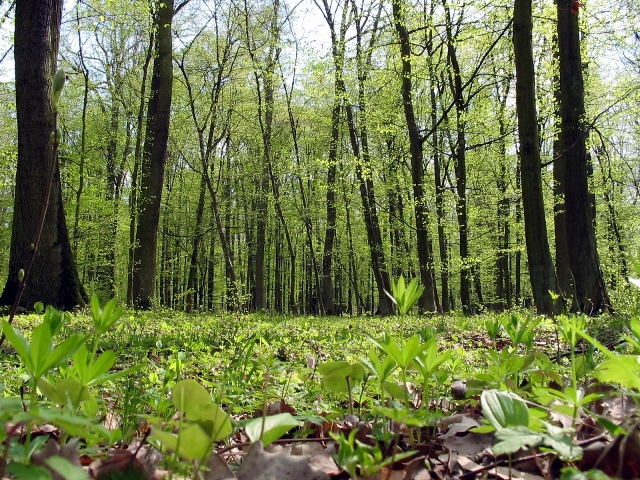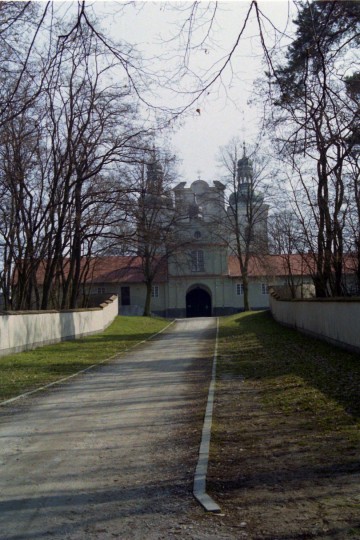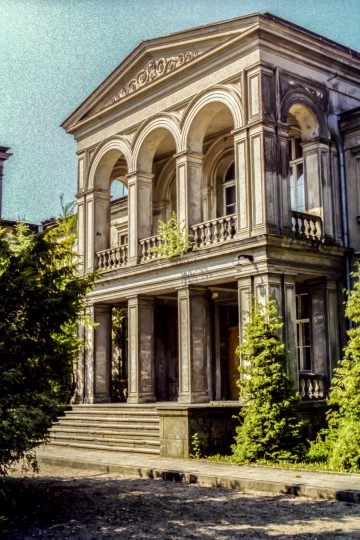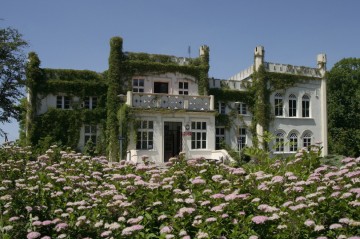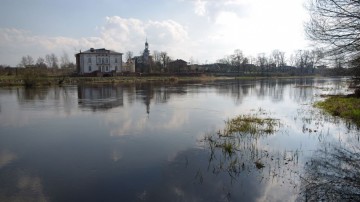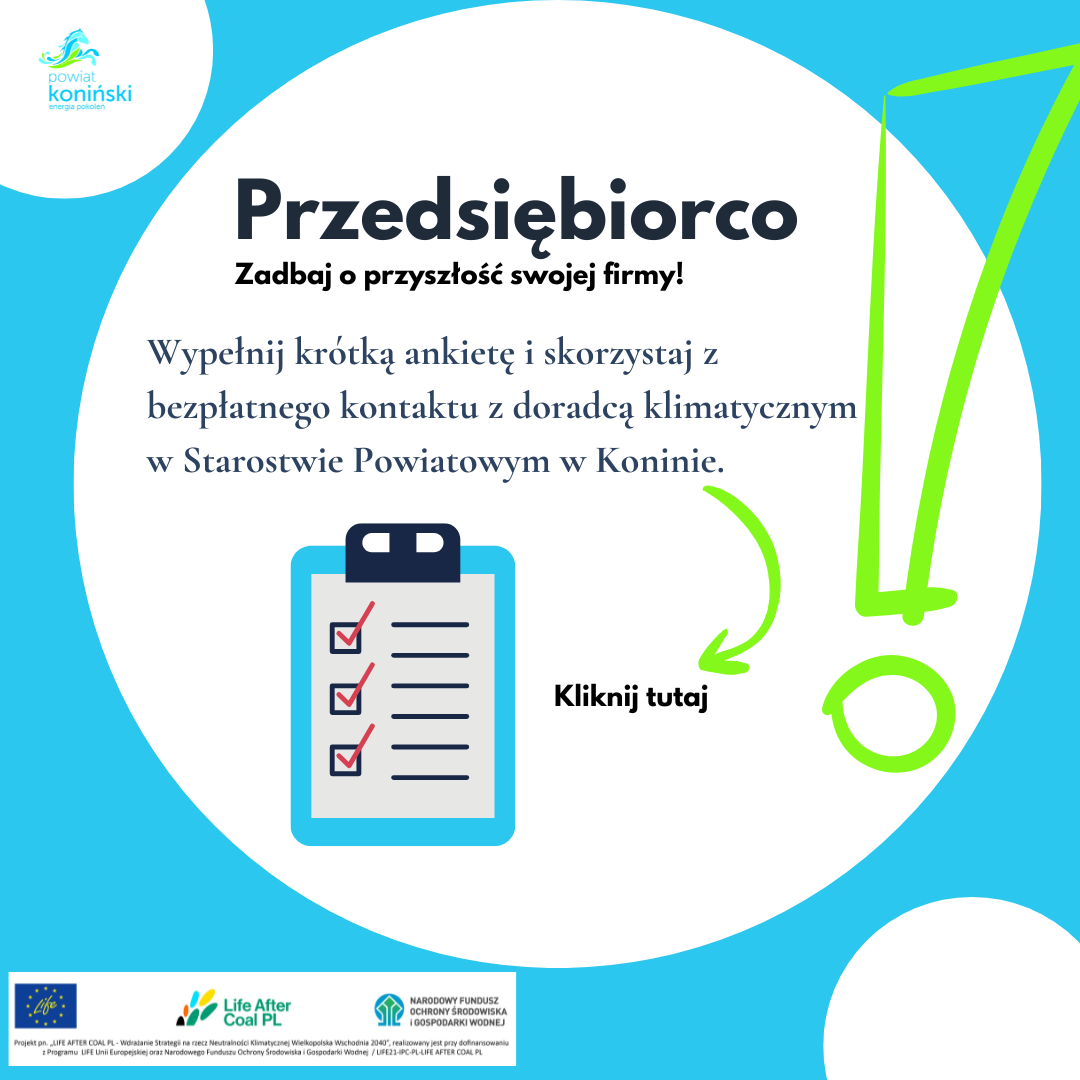Tourist attractions in Konin County
The Konin County covers an area of varied landscape. It has an interesting range of tourist, natural and historical values, which are its showcase and at the same time its real treasure of the region. Located in the very center of Poland, divided by the Warta river valley, with picturesque lakes, reserves, parks and unpolluted forests, rich in rare species of plants and animals, it is both a convenient tourist base and an attractive place for longer rest. The enthusiasts of active and passive tourism, anglers, hikers and seekers of natural and historical curiosities will certainly not be bored when choosing the Konin County as their holiday destination.
An undoubted advantage of the county is the natural sequence of glacial lakes, which directly encourage motorboating sports, kayaking and sailing trips. Connected by a system of canals and locks, with the navigable Warta river, they are part of the so-called Great Waterway Loop of Wielkopolska - nearly 690 km long waterway. Importantly, the Konin County is the only place in Europe where you can practice water sports even in the middle of winter, when air temperatures drop well below 0 ° C.
The lake's character of the district is also valuable to anglers. The waters here are rich in various species of freshwater fish. It is impossible to list them all: bream, roach, crucian carp, silver bream, pike, perch, eel, catfish, bleak - those are just some of them. The following lakes are particularly favorable for fishing: Mikorzyńsko-Wąsowskie, Ślesińskie and Licheńskie.
The lake's character of the district is also valuable to anglers. The waters here are rich in various species of freshwater fish. It is impossible to list them all: bream, roach, crucian carp, silver bream, pike, perch, eel, catfish, bleak - those are just some of them. The following lakes are particularly favorable for fishing: Mikorzyńsko-Wąsowskie, Ślesińskie and Licheńskie.
Konin County, however, is not only picturesque waters. The variety of forest resources found here guarantees an adventure with wonderful nature. 3 protected landscape areas, 5 nature reserves and 2 landscape parks are waiting for lovers of fauna and flora, which are a refuge for unique species of birds, mammals, amphibians and plants. It is also worth visiting the Forest Education Center in Grodziec. Its main idea is to conduct forest education in a pleasant and practical way. There is a room with stuffed animals, a model of a lignite mine and a hut where a forester tells fascinating stories. In the treetops, 8 m above the ground, there is a path and a platform with a telescope, which you can observe the animals living in harmony in the forest nursery.
Lots of attractions and unforgettable impressions await you on marked hiking and biking trails. They are an excellent starting point for enthusiasts of active recreation. Among forests, lakes and glades, tourist routes intersect, situated in the most attractive in terms of landscape and culture regions of our poviat. In total, there are over 700 km of marked hiking and cycling routes to explore.
Lots of attractions and unforgettable impressions await you on marked hiking and biking trails. They are an excellent starting point for enthusiasts of active recreation. Among forests, lakes and glades, tourist routes intersect, situated in the most attractive in terms of landscape and culture regions of our poviat. In total, there are over 700 km of marked hiking and cycling routes to explore.
A wide range of natural and landscape values are complemented by cultural heritage, including religious heritage. Licheń Stary - a village situated 10 km north of the Konin border - is a place that has gained a special significance in this respect. Here, pilgrims find peace and quiet, regain inner peace. Hundreds of thousands of pilgrims come to the Sanctuary of Our Lady of Licheń in Licheń Stary every year.
Bieniszew plays a similar role. The settlement is situated within the boundaries of the Kazimierz Biskupi commune, approx. 8 km north-west of Konin. At the top of "Sowia Góra", there is a late-baroque church of the Nativity of the Blessed Virgin Mary (erected in the years 1747-1781) and the monastery of Camaldolese monks (one of two in Poland).
The rich history of the poviat is evidenced by the preserved cultural evidence of Kazimierz Biskupi, a commune village 12 km north-west of Konin. The following should be mentioned here:
Bieniszew plays a similar role. The settlement is situated within the boundaries of the Kazimierz Biskupi commune, approx. 8 km north-west of Konin. At the top of "Sowia Góra", there is a late-baroque church of the Nativity of the Blessed Virgin Mary (erected in the years 1747-1781) and the monastery of Camaldolese monks (one of two in Poland).
The rich history of the poviat is evidenced by the preserved cultural evidence of Kazimierz Biskupi, a commune village 12 km north-west of Konin. The following should be mentioned here:
- Church of John the Baptist and the Five Martyrs,
- Bernardine monastery - north wing - added to the monastery in the years 1514-1520,
- Cloisters of the Way of the Cross,
- The belfry was erected in the years 1760-61,
- Church of st. Martin from the 12th century.
The most important architectural monuments are:
There are also many historical routes running through the county: Amber, Romanesque, Cistercian, German, Piastowski Szkocki, Castles, Wooden Churches, Monasteries.
Cultural values also include the traditions and customs that developed in the area of the present Konin County. It is primarily about the so-called the Ochweśnica culture, which had its origins in the Skulsk commune. Merchants of religious paintings, which have survived to this day, were called chaperones. They used their own jargon, known as "kmina ochweśnicka". The jargon consisted of over 700 words and was made up of expressions borrowed from Polish thieves' dialect, Ruthenian jargons of the old jargon, as well as words of German, Ruthenian, Greek and Latin origin. This vocabulary was used by traders from Ślesin. This specific culture is a little known element of the Konin County heritage.
- neoclassical palace from the second half of the 19th century with a landscape park in Lubstów (Sompolno commune),
- palace from the second half of the 17th century with an outbuilding built at the beginning of the 19th century and a historic park established in the 17th century in the town of Grodziec,
- Classicist Calvinist church built in the years 1821-22 in the commune of Stare Miasto,
- 19th-century palace and park complex in Lisewo (Skulsk commune), which includes a palace from the second half of the Nineteenth century and a landscape park from the second half of the 19th century,
- the archaeological open-air museum "Świętne" in Mrówki (Wilczyn commune),
- urban layout of Ślesin town with Napoleon's Gate (Triumphal Arch with a Napoleonic eagle on the top, erected by the inhabitants of Ślesin in 1812).
There are also many historical routes running through the county: Amber, Romanesque, Cistercian, German, Piastowski Szkocki, Castles, Wooden Churches, Monasteries.
Cultural values also include the traditions and customs that developed in the area of the present Konin County. It is primarily about the so-called the Ochweśnica culture, which had its origins in the Skulsk commune. Merchants of religious paintings, which have survived to this day, were called chaperones. They used their own jargon, known as "kmina ochweśnicka". The jargon consisted of over 700 words and was made up of expressions borrowed from Polish thieves' dialect, Ruthenian jargons of the old jargon, as well as words of German, Ruthenian, Greek and Latin origin. This vocabulary was used by traders from Ślesin. This specific culture is a little known element of the Konin County heritage.







